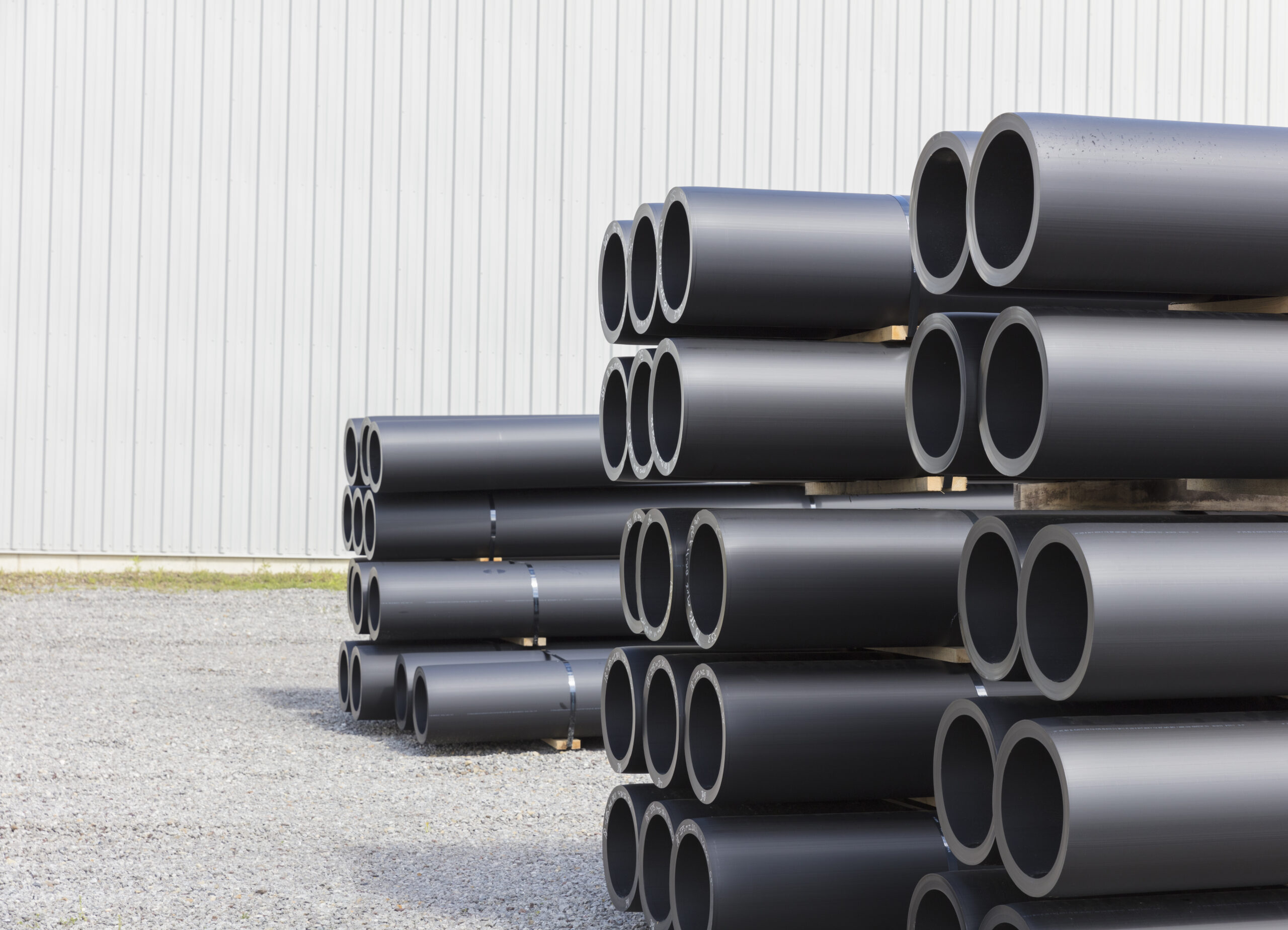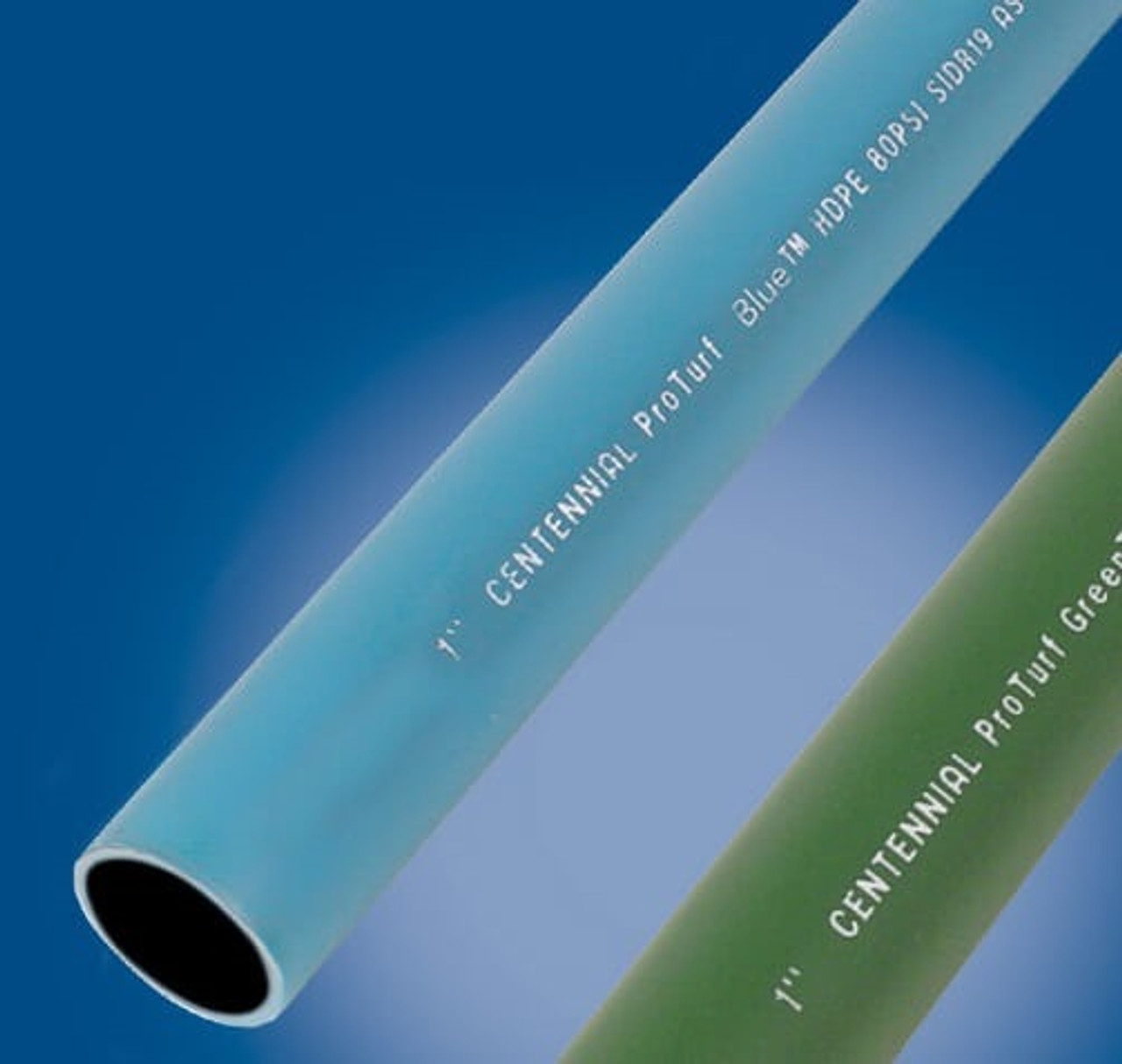Where to Find hdpe pipe in stock Midland TX for Fast Turnaround
The Crucial Steps for Effective Installment of HDPE Pipeline in Your Next Job
Successful installation of HDPE pipe needs mindful preparation and implementation. Key steps include examining task demands, preparing the website, and selecting proper joining techniques. Each stage plays a critical role in making sure the stability and efficiency of the pipeline. Comprehending these necessary actions can greatly affect the general success of the job - Pipe Manufacturing Midland TX. However, the nuances of each step may hold the trick to getting over usual obstacles faced during installation
Recognizing the Conveniences of HDPE Pipe
High-density polyethylene (HDPE) pipeline offers numerous benefits that make it a favored choice for numerous applications. Its high resistance to rust and chemicals guarantees sturdiness sought after settings, considerably prolonging the life expectancy of installations. Additionally, HDPE's adaptability enables easier setup, particularly in tough surfaces, as it can bend without damaging. The lightweight nature of HDPE pipe streamlines transport and handling, reducing labor expenses during installation.
Additionally, HDPE pipeline is recognized for its reduced friction coefficient, which enhances liquid circulation and decreases energy intake. Its seamless building reduces the risk of leakages, adding to much better resource administration and environmental management. On top of that, HDPE is recyclable, straightening with sustainable techniques and lowering ecological influence. On the whole, the mix of strength, versatility, and eco-friendliness makes HDPE pipeline a premium selection for a wide variety of tasks, from water circulation to commercial applications.
Preparation Your HDPE Pipe Installment
When planning an installation of HDPE pipe, cautious consideration of several essential elements is vital to protect a successful job. Project supervisors should evaluate the particular requirements of the pipe, consisting of the planned usage, circulation rates, and environmental problems. Understanding these specifications will guide the option of proper pipeline dimensions and product grade.
Next, timelines should be established, factoring in purchase routines and any potential hold-ups. Sychronisation with regional authorities for permits and governing compliance is additionally essential. Additionally, a detailed spending plan ought to be prepared, encompassing all expenses connected with products, labor, and equipment.
It is crucial to engage a certified team experienced in HDPE pipeline installment. Their knowledge will certainly assist mitigate dangers, warranty adherence to sector requirements, and ultimately add to the task's success. Extensive planning prepares for a smooth installation process and durable performance of the HDPE piping system.
Preparing the Website for Setup
Correct website preparation is crucial for the successful installation of HDPE pipeline. Prior to installment starts, the site needs to be thoroughly examined to assure it fulfills all necessary needs. This consists of evaluating the ground for existing frameworks, utilities, and potential dangers that could hamper the installment procedure.

Right altitude and placement ought to be established to maintain a constant slope for drain objectives. Correct drainage around the installment site is also important to avoid water buildup, which can lead to complications down the line.
Methods for Joining HDPE Pipelines
Attaining a reputable link between HDPE pipes is vital for making sure the integrity and long life of the installment. Various methods exist for joining these pipes, each matched for various task requirements. Fusion welding is one of one of the most usual approaches, utilizing warm to bond the pipe finishes with each other, producing a seamless and long lasting link. This method can be additional categorized right into socket blend and butt blend, depending on the pipeline setups.
Mechanical fittings are an additional choice, using clamps and threaded ports to join sections of HDPE pipe. While generally faster to set up, they may require added upkeep gradually. Electrofusion is a specific method that entails utilizing electrical current to warmth and fuse the pipes through specifically developed installations, ensuring a strong bond. Picking the appropriate signing up with technique is essential, as it directly impacts the total performance and integrity of the HDPE piping system in the designated application.
Evaluating and Inspection of Installed Water Lines
The screening and evaluation of mounted HDPE pipelines are crucial to guaranteeing their functionality and durability. This procedure encompasses aesthetic evaluation strategies, stress testing techniques, and leak discovery procedures to determine possible concerns. By employing these approaches, experts can validate the honesty of the installation before like this it is put into use.
Aesthetic Examination Techniques
Employing effective visual inspection methods is crucial for assuring the honesty of mounted HDPE pipelines. Inspectors ought to systematically check out all noticeable areas of the pipe to identify any signs of damage, misalignment, or incorrect setup. Secret signs to examine include joint stability, surface irregularities, and connections. Inspectors may utilize devices such as magnifying glasses or video cameras to improve exposure and detail. It is necessary to look for indications of environmental anxiety, such as twisting or excessive bending, which can endanger efficiency. Constant documentation of findings enables tracking adjustments with time and assists guide necessary fixings. By sticking to well established visual inspection methods, job groups can significantly reduce the threat of future failures and guarantee lasting integrity of the piping system.
Pressure Testing Approaches
Visual evaluation offers as an initial step, yet it is not sufficient on its very own to guarantee the efficiency of mounted HDPE pipelines. Pressure screening methods are essential for ensuring the stability of these systems. Normally, hydrostatic testing is utilized, where the pipes are loaded with water and subjected to pressure degrees above the desired operating pressure. This technique aids determine weaknesses or prospective leakages. Pneumatic testing can additionally be utilized, although it lugs greater threats due to the compressibility of air. No matter the approach chosen, sticking to sector standards and security methods is vital. After carrying out stress tests, comprehensive paperwork is essential to validate the results and validate that the installation satisfies all functional requirements before continuing to the next phase of the job.

Leak Discovery Treatments
How can one guarantee that informative post installed HDPE pipes are without leakages? Efficient leak detection procedures are crucial to protect the stability of the system. Aesthetic assessments must be performed, looking for signs of water buildup or dirt erosion around pipeline joints. Following this, stress testing can confirm the system's toughness. A typical method is the hydrostatic examination, where water is presented under stress, keeping track of for drops that show prospective leaks. In addition, progressed technologies, such as acoustic sensing units or infrared thermography, can find leaks that might not be visible. Regular tracking and upkeep further add to the durability of HDPE pipelines, ensuring they remain leak-free throughout their functional lifespan. Proper documents of these treatments is necessary for conformity and future referral.
Upkeep Tips for Long-Term Performance
To assure the longevity of HDPE pipelines, developing a regular examination routine is important. This aggressive method permits the very early detection of potential issues, lessening expensive fixings. In addition, applying proper cleaning strategies will assist keep peak efficiency and avoid build-up that can impact capability.
Regular Evaluation Set Up
Although HDPE pipes are known for their durability and resistance to rust, developing a normal inspection schedule is crucial for ensuring their long-lasting efficiency. Regular inspections help identify potential issues such as leaks, joint integrity, and environmental impacts that may impact the pipe's performance. It is suggested that assessments happen at the very least biannually, or a lot more often in atmospheres with extreme conditions. American Plastics HDPE Pipe Manufacturing. Throughout these evaluations, visual checks ought to be conducted to spot signs of wear or damages. Furthermore, making use of innovation such as ultrasonic testing can provide more insights into the pipeline's condition. By implementing an organized examination timetable, task supervisors can proactively attend to problems, therefore prolonging the life expectancy of HDPE pipes and keeping system effectiveness
Proper Cleansing Techniques
Proper cleansing strategies play an essential function in maintaining the long-lasting performance of HDPE pipes. Regular cleansing prevents the accumulation of debris, sediment, and biofilm, which can bring about blockages and lowered flow performance. Operators ought to use methods such as high-pressure water jetting or foam cleaning to properly remove impurities without harming the pipe surface area. It is vital to prevent making use of extreme chemicals that might degrade HDPE material. In addition, scheduled maintenance checks must consist of aesthetic evaluations for any kind of signs of wear or damage. Appropriately educated employees should bring out these cleansing procedures, ensuring compliance with safety and security and ecological laws. By executing these techniques, the life-span of HDPE pipelines can be considerably prolonged, ensuring suitable efficiency throughout their functional life.
Regularly Asked Inquiries
What Are the Ecological Influences of HDPE Pipeline Manufacturing?
The ecological influences of HDPE pipeline manufacturing consist of greenhouse gas exhausts, energy consumption during production, possible plastic air pollution, and obstacles in reusing. HDPE's long life and resistance to rust can minimize some ecological worries.
Exactly How Does HDPE Pipeline Contrast to Various Other Products?

What Devices Are Needed for HDPE Pipeline Setup?
Important devices for HDPE pipe installment include a combination equipment, pipeline cutters, shovels, measuring tape, and security gear. Appropriate tools guarantees effective, secure handling and installation, adding to the project's general success and honesty.
Are There Any Type Of Certain Regulations for HDPE Pipe Setup?
Details regulations for HDPE pipe setup differ by area, usually controlled by neighborhood, state, or federal codes. Compliance with these laws guarantees safety, environmental management, and capability, making adherence vital for effective task outcomes.
Can HDPE Pipes Be Recycled After Use?
Yes, HDPE pipes can be recycled after usage. Their polycarbonate nature permits for reprocessing, making them suitable for reusing right into brand-new items. This sustainability aspect contributes to ecological conservation and promotes circular economic climate techniques in building.